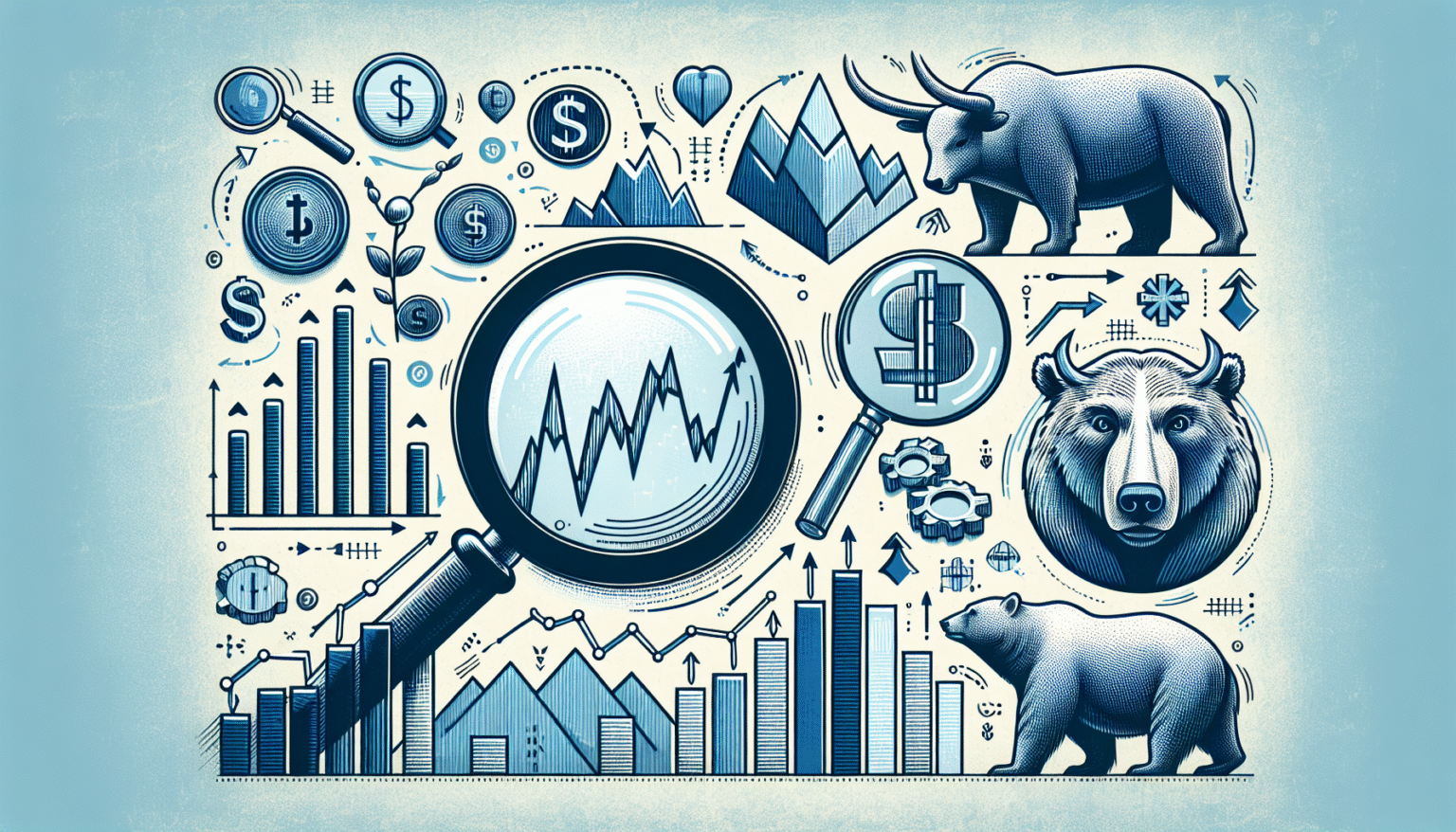Understanding Stock Market Volatility
Stock market volatility refers to the degree of variation in trading prices over time. This can manifest as rapid and significant price movements in financial markets, either upward or downward. Understanding the causes and effects of stock market volatility is crucial for investors, traders, and financial analysts.
Causes of Stock Market Volatility
Economic Indicators
One of the primary drivers of stock market volatility is economic indicators, such as Gross Domestic Product (GDP), unemployment rates, inflation rates, and consumer confidence indices. For instance, unexpected changes in GDP growth can trigger sharp price movements as investors reassess future earnings potential. High inflation may lead to fears of increased interest rates, which can dampen corporate profits and investor sentiment.
Geopolitical Events
Geopolitical tensions, such as wars, elections, or diplomatic disputes, often cause fluctuations in stock prices. The uncertainty surrounding these events can prompt investors to sell off stocks, leading to increased volatility. For example, conflicts in oil-producing regions can result in significant price spikes in energy stocks, while broader market indices may decline due to overall uncertainty.
Corporate Earnings Reports
Earnings seasons can lead to increased volatility as companies release quarterly financial results. Positive surprises can send stock prices soaring, while disappointing earnings can have the opposite effect, creating significant swings in stock prices. Forward guidance from management, along with analyst expectations, plays a pivotal role in shaping market reactions.
Market Sentiment
Investor sentiment plays a key role in market volatility. Psychological factors, such as fear and greed, can lead to irrational buying and selling behavior. Bull markets may encourage excessive risk-taking, while bear markets often lead to panic selling. Tools like the Fear & Greed Index can help gauge the mood of the market, potentially predicting imminent volatility.
Central Bank Policies
Central banks, such as the Federal Reserve, play a crucial role in influencing volatility. Interest rate changes, quantitative easing, or tightening can significantly impact market stability. For instance, when a central bank signals a potential hike in interest rates, stock markets react to the anticipated tightening of monetary policy, often leading to increased volatility.
Technological Factors
The rise of algorithmic trading and high-frequency trading (HFT) has contributed to market volatility. Automated trading systems can execute thousands of trades within a fraction of a second, leading to exaggerated price movements during times of market stress. These trading patterns can create feedback loops, amplifying volatility beyond fundamental values.
Natural Disasters
Natural disasters, such as hurricanes, earthquakes, or pandemics, can instantly alter market dynamics. The COVID-19 pandemic, for instance, led to unprecedented volatility in early 2020 as economies shut down, affecting consumer behavior, supply chains, and financial markets across the globe.
Effects of Stock Market Volatility
Investment Strategies
Volatility affects various investment strategies. Long-term investors might use volatility to their advantage by purchasing undervalued stocks during market downturns. Conversely, short-term traders may thrive on volatility, employing strategies like day trading or options trading to capitalize on rapid price movements.
Risk Assessment
Increased volatility necessitates a reassessment of risk. Investors should adjust their risk tolerance based on changing market conditions. Tools such as the VIX Index, often referred to as the “fear gauge,” provide insight into market risk and volatility expectations, allowing for better risk management.
Economic Impact
Stock market volatility can significantly impact broader economic conditions. Sharp declines in stock prices can erode consumer wealth and confidence, leading to reduced spending and investment. Conversely, sustained volatility can deter foreign investments, affecting capital flows and exchange rates.
Corporate Decision-Making
Companies often respond to stock price volatility by adjusting their strategies. High volatility may lead to conservative capital allocation, delaying investments in growth opportunities. Additionally, companies may prioritize share buybacks to stabilize their stock prices during turbulent times.
Regulation and Market Structure
Regulatory bodies pay close attention to volatility, as excessive swings can undermine market integrity and investor confidence. Changes in regulations, such as the implementation of trading curbs or market halts, are often instituted in response to extreme volatility to protect investors and maintain orderly market functioning.
Conclusion
Analyzing stock market volatility reveals a complex interplay of economic indicators, geopolitical events, investor sentiment, and technological changes. Understanding these dynamics can help investors, analysts, and policymakers navigate the unpredictable nature of financial markets. Adapting strategies to mitigate the impact of volatility can lead to more informed decision-making and, ultimately, better investment outcomes.






